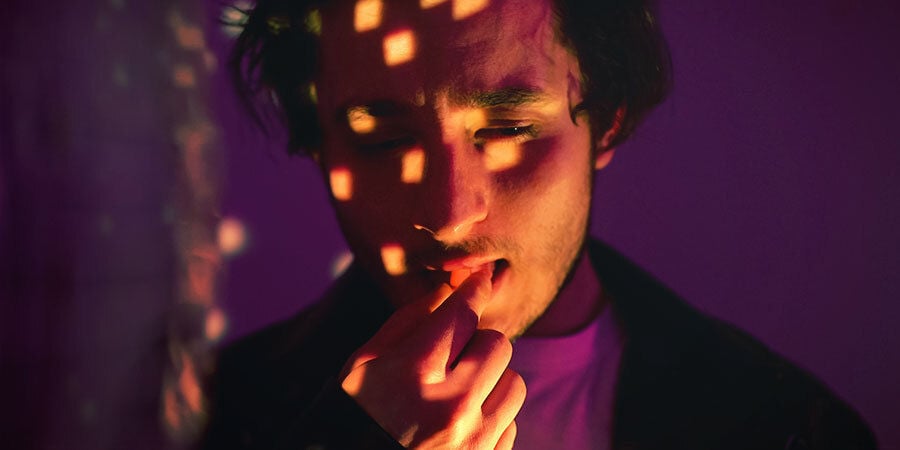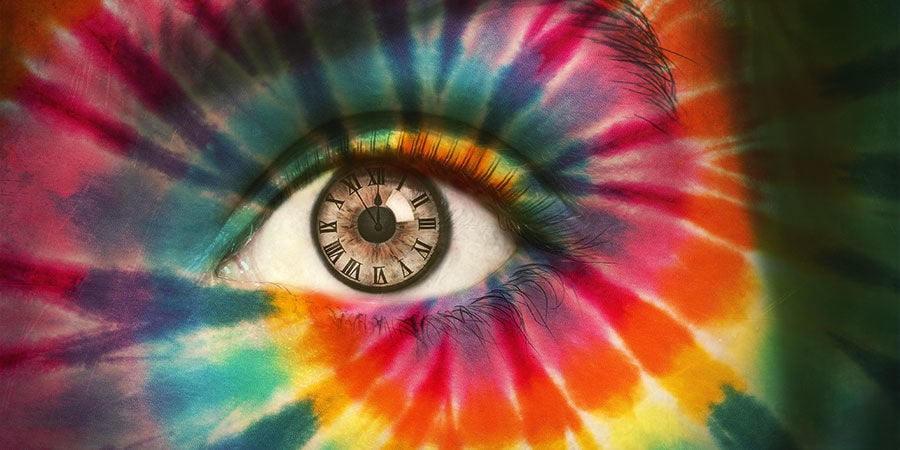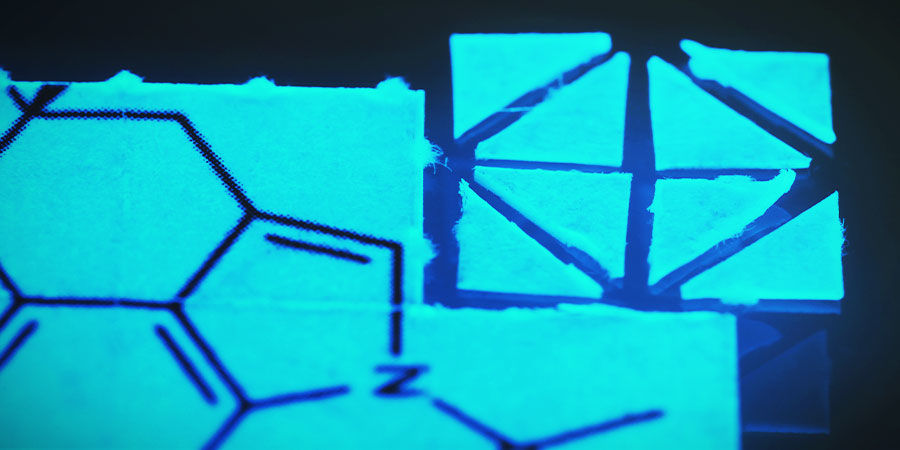
LSD 101: An Overview
A comprehensive guide on LSD for anyone looking to gain a first impression of the drug. We cover LSD’s discovery and history, and its impact on art and culture. You will learn about the effects of LSD and how to take it responsibly so you can experience a profound and positive trip.
LSD, which goes by the street names of "acid", "California sunshine", and "blotter" (among a host of others) is a potent, man-made hallucinogen. But just how did LSD come to be, and how has it impacted culture and medicine, not to mention the people who have taken it? Below, we take a deep dive into the origin of LSD and its trippy legacy.
HOW WAS LSD DISCOVERED?
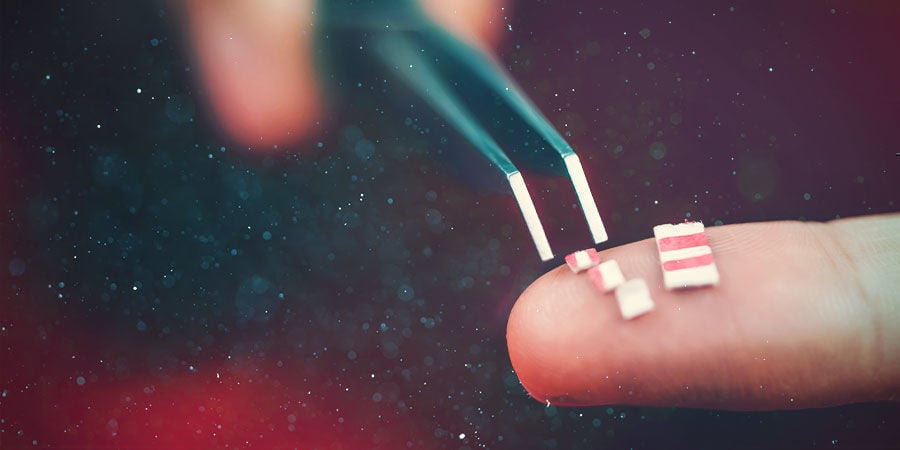
LSD was discovered by chance in 1938 by Swiss chemist Albert Hofmann at the pharmaceutical-chemical department of Sandoz in Basel. Hofmann intended to synthesise a central nervous system stimulant, but came up with something entirely novel. He was studying derivatives of lysergic acid by reacting it with various reagents to produce corresponding amides, anhydrides, and esters. One of these derivatives was diethylamide. The lab gave it the code name LSD-25 as it was the twenty-fifth compound of the lysergic acid amide series.
Because the newly discovered compound didn't appear to have any particular medicinal uses, despite “marked excitation” observed in animal testing, the work on LSD fell into abeyance for a number of years. When re-synthesising the substance five years later to conduct additional research, Hofmann accidentally absorbed a tiny amount of it through his fingertips and discovered its powerful psychedelic effects.
The fateful day Hofmann unwittingly became the first person to trip on LSD was April 19th, 1943, also known as “Bicycle Day”. Why the title? Hofman first felt the effects of LSD kick in on his bicycle ride home, and thus modern psychonauts have co-opted the phrase to commemorate Hofmann and his discovery.
THE EFFECTS OF LSD
LSD exerts a variety of effects on the mind and body, and can greatly change one’s perception of reality. When people take LSD, depending on the dose, they may experience hallucinations and other visual and auditory effects. These include seeing colourful patterns and geometric shapes, or simply viewing the world from a new perspective. Many times, the drug can help individuals gain valuable insights into their personal and spiritual life by allowing them to think about things differently.
Smaller doses of LSD tend to make people feel happy, euphoric, and energised, culminating in a positive, dreamy experience with some potential for enlightenment. This is true of larger doses too, although these full-blown trips tend to be more profound. In fact, a single LSD trip can be enough to completely change someone’s worldview and preconceived beliefs.
On the other hand, LSD can also incite anxiety or dig up traumatic memories that are confusing or hard to handle. Moreover, the visual and auditory changes present can be downright scary to those ill-prepared or in an uncomfortable setting. This is known as a “bad trip”. While they aren’t lethal, these trips can feed off your anxiety and create a self-fulfilling cycle. This is why it’s important to know what you’re getting into before taking LSD.
SET AND SETTING
This brings us to the very important issue of set and setting. How well a trip goes doesn’t just depend on how much you take, but also your surroundings and state of mind. Coined in the 1960s by famed LSD advocate Timothy Leary, “set and setting” refers to the crucial considerations of how you feel, where you are, and who you’re with when taking LSD. The set or “mindset” is particularly crucial, as a bad mood or illness can make the LSD experience very unenjoyable. Because LSD tends to amplify one’s current mood, it can make negative feelings even worse. As such, LSD isn’t a party drug, and will not “take your mind off things” like some other drugs might. As an LSD experience can literally be life-altering, you should respect it and take it only when you’re ready.
In terms of setting, it’s important to surround yourself with people you trust. These people will preferably include a trip-sitter; a sober person experienced in taking psychedelics who can help you on your trip if necessary. In terms of where you are, it’s good to be somewhere away from excessive noise or people, and where comforting objects or scenery are nearby.
LSD MYTHS
Pretty much any illegal substance comes with its fair share of myths, old-wives' tales, and/or sheer propaganda. LSD is no different. Shunned by the establishment not long after its discovery, and then widely demonised (including publicly by US president Nixon), you won’t have trouble finding untruths about LSD.
One of the myths surrounding LSD is that users may experience “flashbacks” where they suddenly find themselves tripping out of the blue years after taking LSD. Flashbacks have been researched for some time, but no evidence has verified their existence. It is now believed that most people who claim to experience flashbacks are actually having panic attacks, possibly exacerbated by guilt over former drug use.
Another myth is that experiences on LSD are just illusions and hallucinations with no importance. Recent studies suggest that there is more to LSD than just tripping. Indeed, even with scientific research into the effects of psychedelics still in its infancy, positive effects of LSD have already been observed. There is even evidence to suggest that psychedelics such as LSD can “rewire” or “reset” the brain.
In a study published in the journal Proceedings of the National Academy of Sciences, English neuropsychopharmacologist Professor David J. Nutt says that "The drug can be seen as reversing the more restricted thinking we develop from infancy to adulthood. The study could pave the way for LSD or related chemicals to be used to treat psychiatric disorders and could pull the brain out of thought patterns seen in depression and addiction”.
So, even if an LSD experience may not be “real”, this doesn’t mean it's insignificant. The many people whose lives have been changed by LSD’s valuable insights beg to differ.
IMPACT OF LSD ON SOCIETY
Some see psychedelics such as LSD, and other drugs like cannabis, as substances used exclusively by counterculture stereotypes like hippies or potheads. They don’t believe these drugs to offer anything beneficial to “normal” society, and demonise them simply out of ignorance. But on the contrary, LSD and other drugs have had, and will continue to have, a meaningful impact on our culture.
RECREATIONAL USE OF LSD
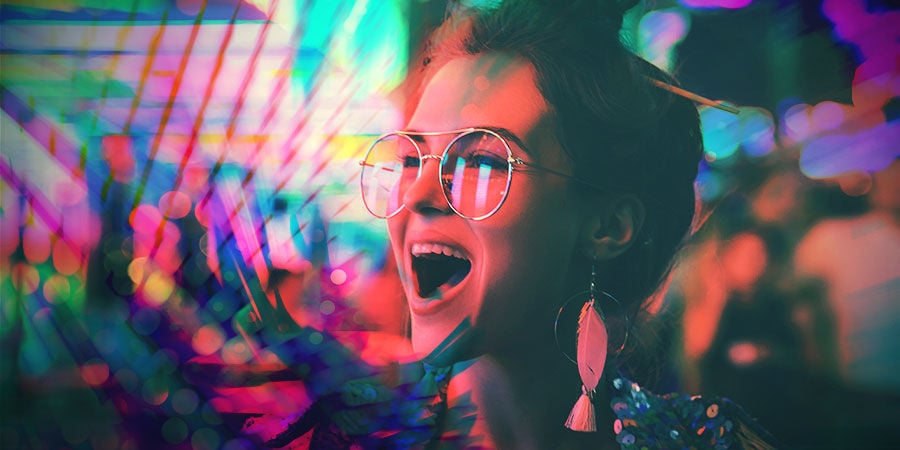
It didn’t take long after its discovery for LSD to draw the attention of psychiatrists and other medical professionals. Indeed, in those early years, LSD was thought to have medicinal potential for psychological disorders, while some went so far as to proclaim it was the new miracle substance that could bring peace and happiness to Earth—if everyone would just take it.
This professional excitement around LSD didn’t last long, though, as the drug quickly fell out of favour among those in power. This didn’t stop LSD from becoming popular; on the contrary.
Fuelled by protests against the war in Vietnam, a massive counterculture arose in the US and much of the Western world in the 1960s. Public figures, most prominently clinical psychologist at Harvard University Timothy Leary and writer Aldous Huxley, openly advocated using the drug and praised its benefits for the betterment of mankind. LSD may not have brought peace and happiness to the world, but it nevertheless became the drug of choice for those who wanted to grow spiritually and expand their horizons.
THERAPEUTIC APPLICATION OF LSD
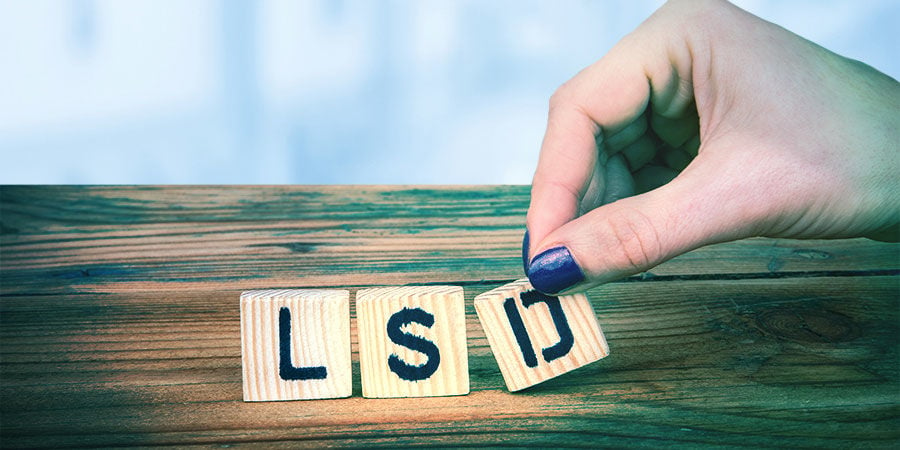
Admittedly, in the early years of LSD research, results didn’t appear to yield anything particularly useful. However, studies were sparse, and participants were sometimes dosed against their will, tripping and describing their wacky experiences to researchers with no real hypothesis.
Later, with the ban of LSD, scientific access to it became very difficult, and this marked the beginning of a long “ice age” in LSD research. What further “research” was performed was either conducted by recreational drug advocates, or used as an unethical tactic on unconsenting individuals.
Today, serious research into the effects of classic psychedelics such as LSD and psilocybin is seeing a renaissance. Science is now able to observe these drugs unhindered by their former stigma.
The latest research invokes psychedelic substances to perform psychedelic therapy. Recent research has shown that psychedelics can potentially help people with such conditions as obsessive-compulsive disorder, post-traumatic stress disorder, alcoholism, depression, and cluster headaches. Along with LSD and psilocybin, other psychedelic substances such as DMT and mescaline also show promise. On the other hand, we’re still in the early stages. Because LSD has a different effect from person to person, it may well not be suitable for every patient. Clinical trials in this promising field are currently underway.
MICRODOSING
Microdosing is a practice that can be performed with various types of substances. In essence, you take a dose of LSD so small that it only exerts “sub-perceptual effects”—that is, those that you can’t really feel. At most, you should feel a slightly elevated state of being; but you shouldn’t feel inebriated or high. People who microdose LSD can still function and go about their daily routine.
Recent studies suggest that microdosing could be a helpful treatment avenue for those with depression, and those looking to quit cigarette smoking. In professional settings, a growing number of individuals are citing LSD as boosting their creativity, focus, and energy.
In one study, it was shown that microdosing promotes neurogenesis, the growth of new neurons in the hippocampus. Neuronal growth in the hippocampus has been linked to improvements in cognition and focus, mood, and energy level.
In other words, consuming LSD may indeed have beneficial long-term effects on the brain.
LSD IN POPULAR CULTURE
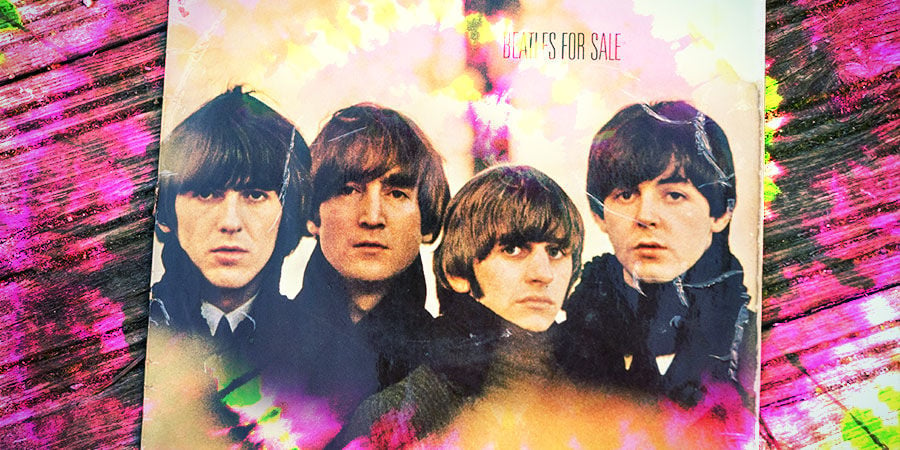
LSD didn’t just have an influence on a small number of New Age groups in Laurel Canyon. Far from it. Ever since the drug became popular in the 1960s, it has had a massive influence on art, music, and culture in general.
The Beatles were influenced by LSD, as is clear in songs such as “Lucy in the Sky with Diamonds”. The group denied that the song is about LSD, but it’s hard not to associate the two. Apart from this, psychedelic imagery on their records is enough to certify that they were influenced by LSD’s cultural impact.
Aside from The Beatles, psychedelics gave rise to an entire new music genre: psychedelic rock. Pink Floyd, Jimi Hendrix, The Grateful Dead, Jefferson Airplane, Iron Butterfly, and many others have influenced entire generations, and still do today.
Psychedelics have also always featured heavily in visual art and film. From “Underground Comix” and the Freak Brothers to psychedelic posters by artists like Rick Griffin, Victor Moscoso, Bonnie MacLean, and others, the influence of psychedelics is everywhere.
Some of the most well-known psychedelic movies include 2001: A Space Odyssey, Easy Rider, Yellow Submarine, but also more recent films such as Enter the Void, Requiem for a Dream, Suspiria, and Fear and Loathing in Las Vegas. These psychedelic movies were either inspired by psychedelics or feature them in their plot.
HOW TO TAKE LSD
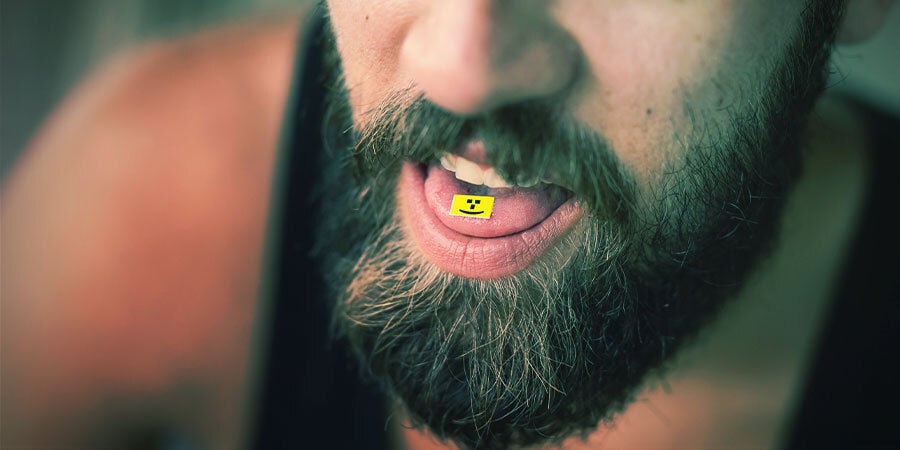
LSD is a potent, often unpredictable, and long-lasting hallucinogen that requires a healthy amount of precaution, should you choose to use it. It is not a party drug one would take “to get into a better mood”.
As already mentioned, set and setting play particularly large roles in the outcome of your experience. You don’t want to trip when you’re feeling down or angry, and you don’t want to take LSD if you feel unsafe, uncomfortable, or if the vibe is just bad. A single person you consider untrustworthy can ruin your whole experience, so you better stick with people you know will bring good vibes to the session.
Only if you’re experienced with psychedelics should you consider experimenting with taking LSD in an unfamiliar setting, like out in public, at a festival, etc. For the most part, and especially if you’re new to taking LSD, it’s best to trip somewhere familiar and comfortable.
Start with an appropriate dose. If you’re just starting out, begin with 30–70µg—this will also maximise the long-term benefits. You should take breaks of a least a week between tripping so you can avoid building a tolerance. If you don’t take at least 3–4 days off, you will need higher and higher doses to achieve the same effect. And at some point, LSD won’t have any effect altogether.
A final note for new trippers: You really should consider having a trip-sitter keep you company. Oftentimes, just their presence is enough to keep a bad trip from setting in. Your trip-sitter should be sober, and they should have experience with the effects of LSD, or even better, psychedelics in general.
RISKS AND DANGERS OF LSD USE
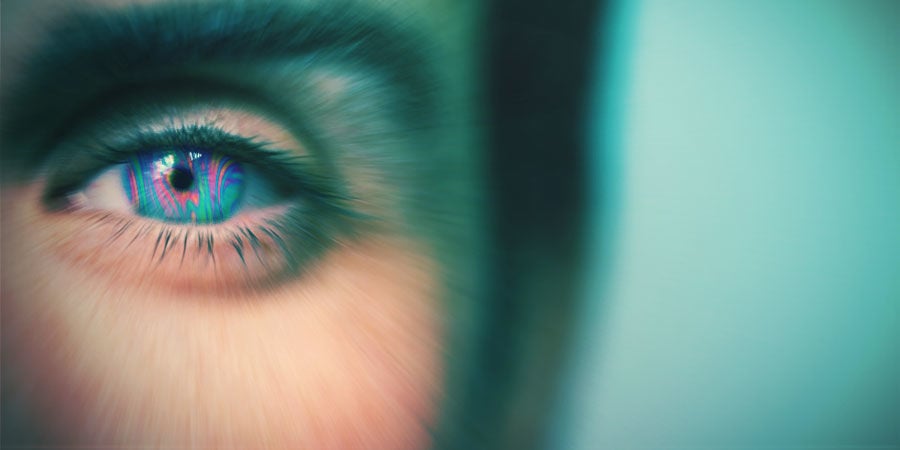
Are there any risks or dangers when taking LSD? Well, LSD has a good safety profile, which means there are no adverse side effects from taking it, nor is it addictive. If there is any danger, it’s from taking LSD irresponsibly or in an unsafe manner. As LSD can greatly alter one’s perception of reality, you obviously don’t want to trip when you’re driving or operating any kind of machinery. Don’t forget that LSD can greatly distort your perception and sense of reality. You should also avoid drinking alcohol or taking other drugs while on LSD.
Know that LSD is not for everyone. People who are anxious, depressed, or have pre-existing mental conditions should refrain from taking it.
One other issue with LSD is that it is (still) illegal, so obtaining and possessing it comes with its own risks, depending on your local laws. And, as you can’t just obtain LSD in a legal way, this also means that you won’t know what you’re actually getting unless you can test it (see below). Because of that, there is always the risk that what you bought is not really LSD, but has been fully or partially laced with other, potentially unsafe substances.
Luckily, Zamnesia is here to help you out. You can test your LSD using the simple EZ Test LSD. With this quick test, you can find out if LSD or other indoles are present in your product for complete peace of mind.
- (n.d.). Neural correlates of the LSD experience revealed by multimodal neuroimaging | PNAS - https://www.pnas.org
- Catlow BJ, Song S, Paredes DA, Kirstein CL, & Sanchez-Ramos J. (2013 Aug). Effects of Psilocybin on Hippocampal Neurogenesis and Extinction of Trace Fear Conditioning - PubMed - https://www.ncbi.nlm.nih.gov
- David Nutt. (2019, June). Psychedelic drugs—a new era inpsychiatry? - https://www.ncbi.nlm.nih.gov
-
 7 min
6 February 2020
Guide To The Effects Of LSD On The Mind And Body
LSD or “acid” is one of the most popular and powerful psychedelic substances, effective in tiny doses measured in millionths of a gram. What really goes on in your brain when you take a blotter?
7 min
6 February 2020
Guide To The Effects Of LSD On The Mind And Body
LSD or “acid” is one of the most popular and powerful psychedelic substances, effective in tiny doses measured in millionths of a gram. What really goes on in your brain when you take a blotter?
-
 2 min
18 September 2016
LSD Or 25I-NBOMe? How To Tell The Difference
25I-NBOMe and LSD are strikingly similar in appearance, yet widely different in both their effects and overall safety. Do not risk your health unnecessarily – learn to tell the difference.
2 min
18 September 2016
LSD Or 25I-NBOMe? How To Tell The Difference
25I-NBOMe and LSD are strikingly similar in appearance, yet widely different in both their effects and overall safety. Do not risk your health unnecessarily – learn to tell the difference.
-
 1 min
2 January 2016
The Top 5 Documentaries About LSD
They say that knowledge is power, so here are some documentaries on LSD to help dispel the myths surrounding psychedelic substance.
1 min
2 January 2016
The Top 5 Documentaries About LSD
They say that knowledge is power, so here are some documentaries on LSD to help dispel the myths surrounding psychedelic substance.





 United States
United States

